Art collectors and lovers in Canada and around the world are quietly mourning the death of a celebrated Inuit carver and sculptor whose passing marks the end of an era in Inuit art.
Barnabus Arnasungaaq died in Baker Lake, a small Inuit community in the tundra of the western Hudson Bay, in Nunavut, on Sept. 21 at the age of 93.
“He was a living legend,” said David Ford, general manager of the Jessie Oonark Centre in Baker Lake. “Before he died, his work was in all museums across the world, he was a very sought-after artist, all the galleries were after his work. We could never keep any of his work on the shelves.”
It was Arnasungaaq’s simple forms that set him apart and marked his distinctive style, said Ford who had known the artist for more than 40 years.
Unique personal style
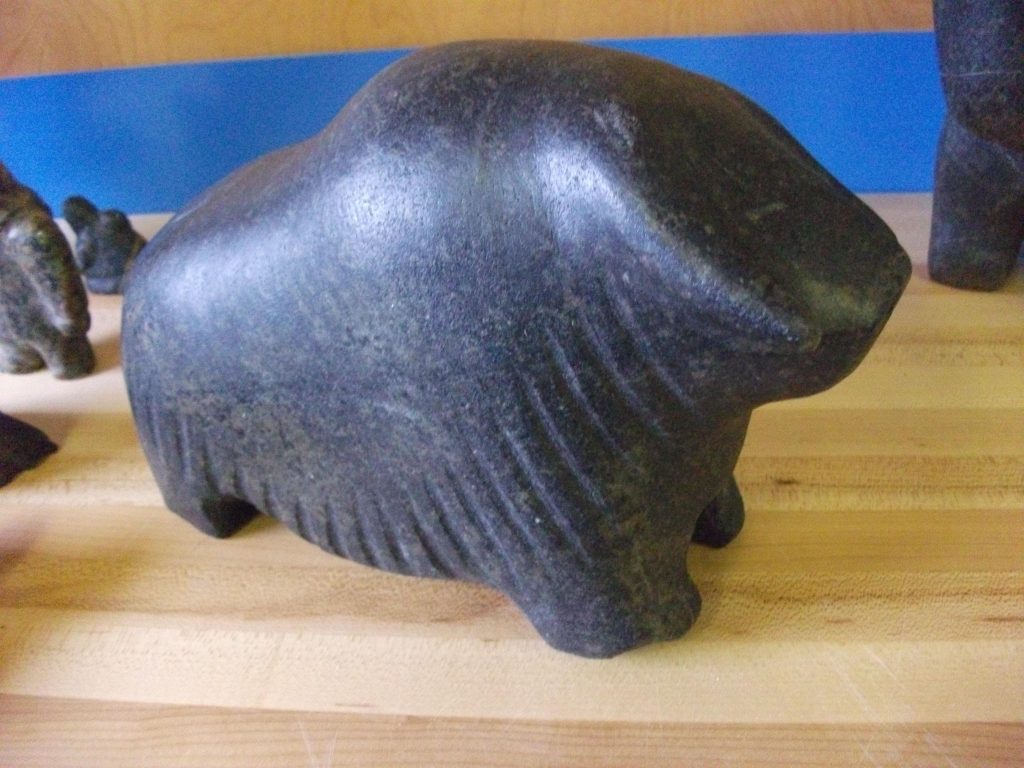
A muskox by Barnabus Arnasungaaq (Photo courtesy of David Ford)
“He is someone who could look at a rock and see what was in there,” Ford said.
“He could see grains in the rock and know which way to carve it. When he would get a big rock he would spend an hour chipping away at it… It was amazing to see the forms coming out of the rock as he carved away, swinging an axe, he was one of the last people who carved with axes and files.”
Arnasungaaq’s carvings in hard black stone represented a particular aesthetic that came from Baker Lake region, said Darlene Coward Wight, curator of Inuit art at the Winnipeg Art Gallery, which has the world’s largest collection of Inuit art.
“It was very powerful and monolithic almost,” Wight said. “He didn’t put a lot surface detailing on his carvings they were just very solid representations of these subjects.”
Arnasungaaq was very well-known for his massive muskox carvings that fit his powerful style perfectly, Wight said.
Self-taught artist
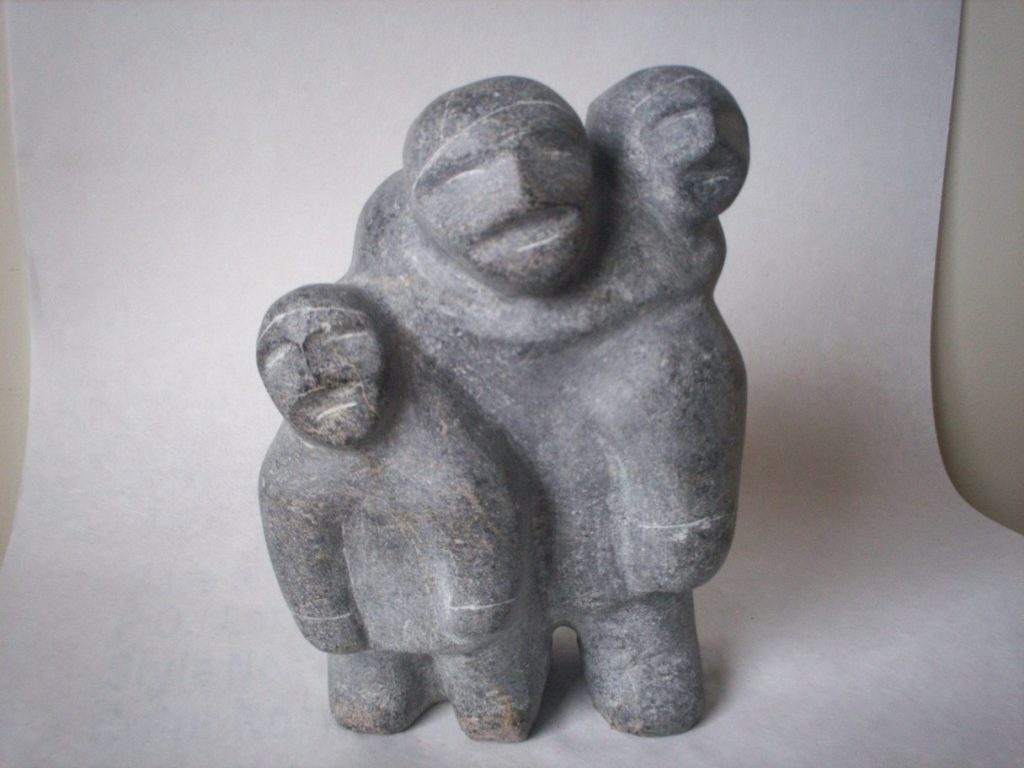
Mother with children by Barnabus Arnasungaaq. (Photo courtesy of David Ford)
Arnasungaaq began carving in the early 1960s, soon after settling in the newly created permanent Inuit settlement, said Ford.
The 1950s and 1960s marked a difficult watershed moment for the Inuit who were driven by several factors to abandon their traditional nomadic lifestyle and settle in permanent settlements created by the federal government.
“Most people in Baker Lake came in from living on the land through the 1960s,” Ford said. “There was no community as such prior to that and then all of a sudden they moved hundreds of Inuit from different areas, so they had to find jobs for them.”
With little conventional employment available in these isolated communities the federal government sought to encourage the Inuit to pursue opportunities as artists and craftsmen, setting up programs in carving and print-making across the North.
It was one of the few ways that people could make money, Wight said.
“They moved off the land, they weren’t able to hunt as much as they had been,” Wight said. “It was a very big shift from a hunting and subsistence way of life to a cash economy and carvings worked so well with the way people lived – they could carve wherever they were, they didn’t have to go to an office and work 9 to 5.”
Many of the Inuit were very skilled carvers because they had to create all of their tools from animal bone, ivory and stone.
“They just switched that talent to making these carvings for sale, for people in the south,” Wight said. “It was very-very important, it is to this day.”
‘Everything he made was beautiful’
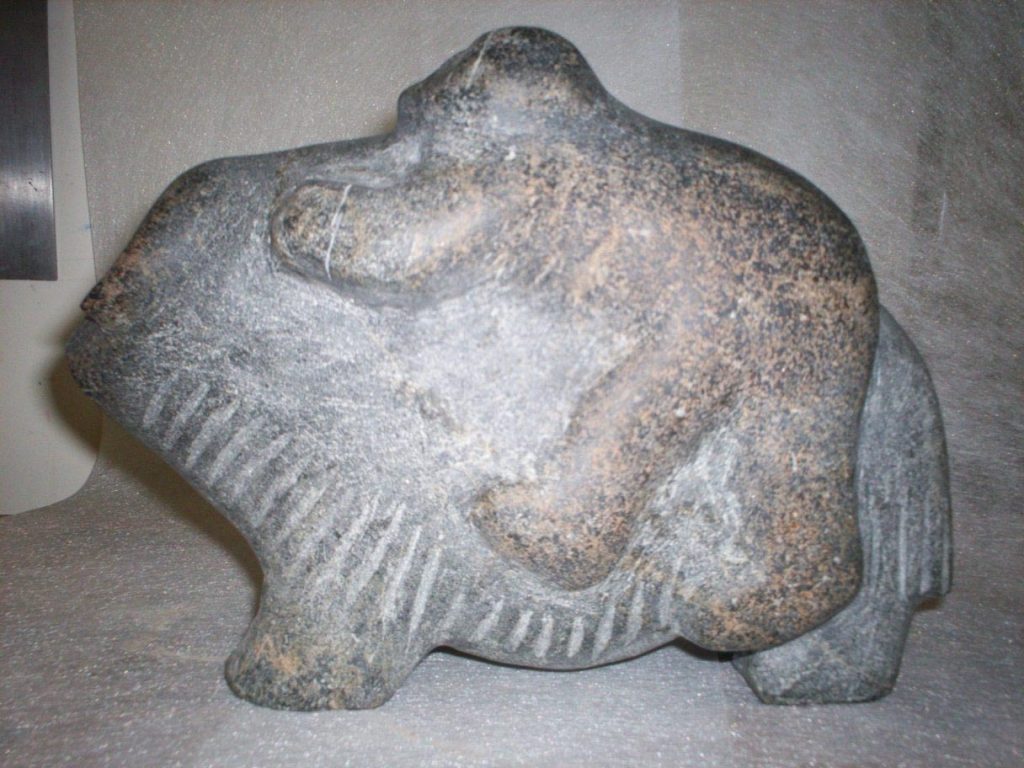
Man on muskox by Barnabus Arnasungaaq. (Photo courtesy of David Ford)
Arnasungaaq was a hard-working family man, Ford said.
“He was a very strong man, he swung an axe every day, cutting into the rock,” Ford said. “The stone here is a very hard stone, which is why most of his shapes were simple forms, simple shapes, which really added to the beauty of them.”
At the same time, Arnasungaaq had a very delicate touch for etching in small details in his carvings, Ford said.
“Everything he made was beautiful,” Ford said. “He wasn’t a hit and miss artist, everything he produced was amazing.”
Arnasungaaq worked every day from the time he woke up, he said.
“While he was working he was always covered in white dust,” Ford said. “When he got up to take a break and brush himself off, big clouds of smoke would come off him.”
End of an era
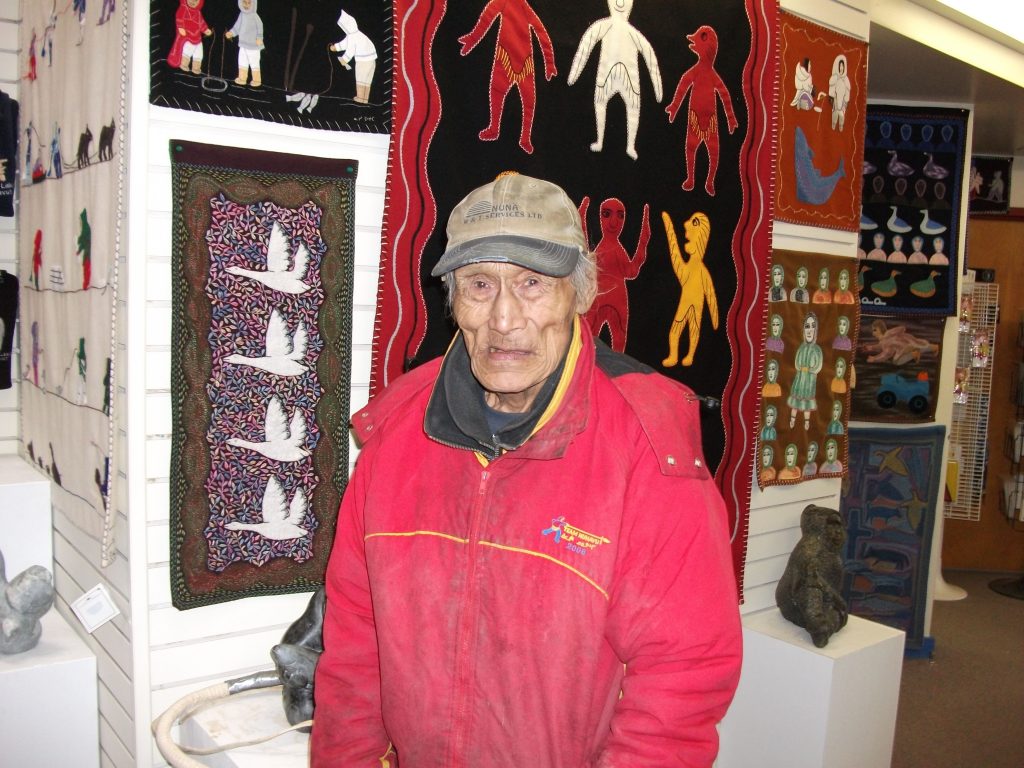
Barnabus Arnasungaaq died in Baker Lake on Sept. 21 at the age of 93. (Photo courtesy of David Ford)
Arnasungaaq was the last of the early masters who began carving when the programs were introduced in the 1950s and early 1960s, said Wight.
“It’s a sad loss that we’re losing our first generation elders,” she said.
The younger people tend to be more interested in graphic art and new media, said Wight.
Most of the young people now work in the mining companies.
A gold mine opened near Baker Lake in 2010 and it employs quite a few people from the community, Ford said.
“Anyone that did carve put their tools away and start working for the mining company,” Ford said. “There is still a few artists, most of them are elders that still carve seasonally and we still do have other artists that do tapestry and drawing, but here in Baker Lake carving is slowly decreasing.”
Ford said he has fond memories of their camping trips to the quarry to get stone for his carving projects.
“We spent lots of time together,” Ford said. “He used to visit daily even when he stopped carving, he would come in for a coffee. I will miss him.”
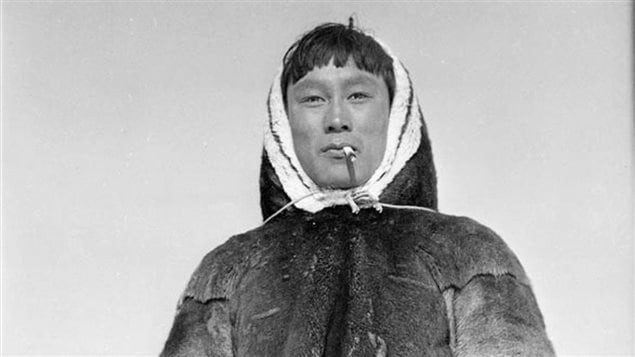






For reasons beyond our control, and for an undetermined period of time, our comment section is now closed. However, our social networks remain open to your contributions.